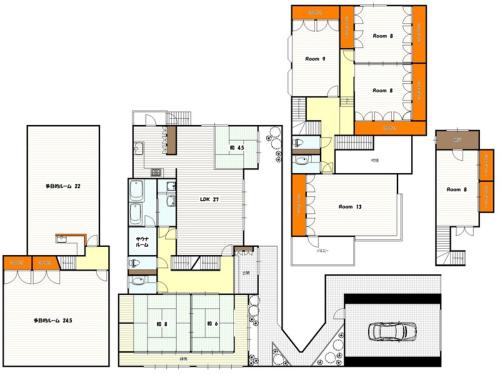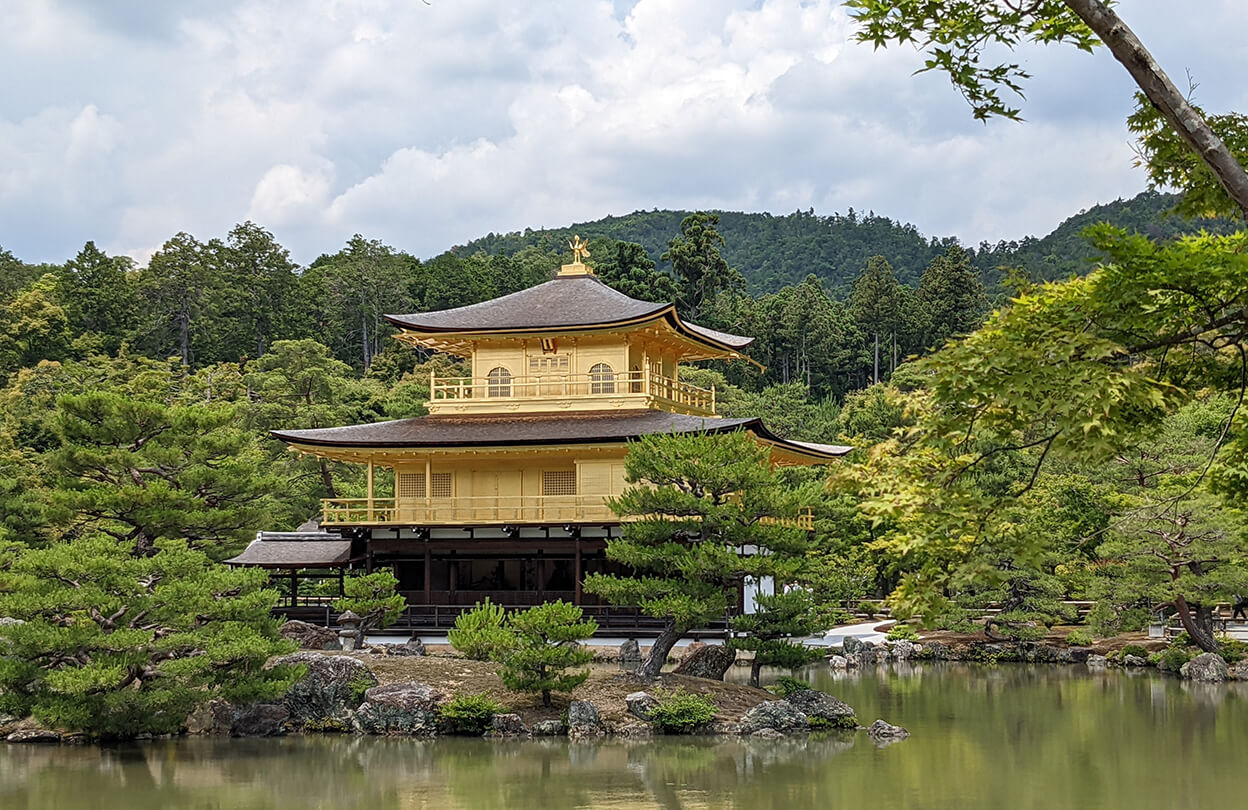
Shrines and temples can be found across Japan, and many of the larger and more historic ones are tourist attractions in their own right. However, if you didn’t grow up in Japan and aren’t familiar with the Japanese religious landscape, you might be fuzzy on what the difference is. This article is a quick rundown of the major differences and similarities.
-
01
Shrines are Shinto, Temples are Buddhist
Scholars might frown at this as an oversimplification, but contemporary Japan is often described as having two major religions: Buddhism and Shinto. Buddhism arrived in Japan more than a thousand years ago via China and Korea, ultimately based on the teachings of Buddha. In Japan, the word “temple” (usually corresponding to tera, -dera, or -ji in Japanese) normally indicates a Buddhist place of worship.
Shinto, on the other hand, is considered Japan’s indigenous religion, predating the arrival of Buddhism. Shinto literally means “Way of the Kami,” the kami being the spirits, deities, or powers venerated by worshipers. The word “kami” has sometimes been translated as “god,” but nowadays people feel that since it is a uniquely Japanese concept it should be left untranslated. In Japan, a “shrine” (usually corresponding to jinja, jingu, or -sha in Japanese) is a Shinto place of worship, and by definition enshrines one or more kami.
Shinto and Buddhism both have internal subdivisions, and to further complicate matters the dominant approach in Japan for many centuries was Shinto-Buddhist syncretism. Shinto shrines were built on the grounds of Buddhist temples, and vice versa. However, after the Meiji Restoration of 1868, the government issued a series of regulations strictly dividing Shinto from Buddhism, and that remains the basic state of affairs today.
That covers the conceptual differences. Now let’s take a look at some of the most visible differences in terms of architecture and organization. -
02
Shrines Have Torii Gates, Temples Have Sanmon
The entrance to the precincts of a shrine is usually marked by a torii, a kind of gate made of two pillars with a crossbar at the top. A torii might be made of wood, stone, or concrete, and is often painted vermillion red, a color thought to ward away evil. Inari shrines—which enshrine Inari Okami, kami of agriculture, industry, and fertility—often have a distinctive “corridor” of multiple bright red torii gates.
Sometimes you may encounter a torii with no obvious shrine behind it. This usually indicates that the entire area behind it (a mountain, for example), or perhaps something in the distance (a distant peak or island), is considered sacred ground.![Perhaps Japan’s most iconic torii is the floating torii gate of Itsukushima in Miyajima
JordyMeow, CC BY-SA 3.0, via Wikimedia Commons]()
Perhaps Japan’s most iconic torii is the floating torii gate of Itsukushima in Miyajima JordyMeow, CC BY-SA 3.0, via Wikimedia Commons
![A tunnel of torii gate at Fushimi Inari Shrine in Kyoto
Basile Morin, CC BY-SA 4.0, via Wikimedia Commons]()
A tunnel of torii gate at Fushimi Inari Shrine in Kyoto Basile Morin, CC BY-SA 4.0, via Wikimedia Commons
Buddhist temples, on the other hand, usually have more elaborate gates called sanmon (“mountain gates”), quite often set into a wall around the entire temple complex. But note that some temples, particularly older ones, have torii somewhere on their precincts. For example, the oldest extant stone torii in Japan stands at the western side of Shitennoji temple in Osaka.
![The sanmon gate at Higashi Honganji Temple in Kyoto]()
The sanmon gate at Higashi Honganji Temple in Kyoto
-
03
Shrines Are Guarded by Komainu, Temples by Nio
The main approach to a Shinto shrine will often be flanked by stone statues of komainu (lion-like guardians). At Inari shrines, there are foxes instead, as the fox is the traditional servant and messenger of Inari Okami.
Buddhist temple gates, on the other hand, are more often guarded by Nio, the muscular and imposing “Two Guardian Kings” who thwart the designs of evildoers and enemies.![An example of a Komainu]()
An example of a Komainu
![An example of a pair of Nio
Dokudami, CC BY-SA 4.0, via Wikimedia Commons]()
An example of a pair of Nio Dokudami, CC BY-SA 4.0, via Wikimedia Commons
-
04
Shrine Roofs Have Chigi and Katsuogi, Temple Roofs Have Hoju
Shinto architecture generally favors natural materials like wood. Major shrines like Ise Jingu and Izumo Taisha are regularly rebuilt from wood gathered in sacred forests. Shrine roofs are usually thatched, and have distinctive forked finials called chigi and crossbars called katsuogi.
![An example of a shrine roof with exposed Chigi and Katsuogi crossbars
Fg2, Public domain, via Wikimedia Commons]()
An example of a shrine roof with exposed Chigi and Katsuogi crossbars Fg2, Public domain, via Wikimedia Commons
A Buddhist temple, on the other hand, will usually have a tiled roof. Instead of chigi or katsuogi, it will often be topped with a round ornament called a hoju.
![An example of temple roof decorated with a hoju]()
An example of temple roof decorated with a hoju
-
05
Some Temples Have Cemeteries, But No Shrines Do
Performing funeral rites is one of Buddhism’s major social roles in Japan today, and many temples have an attached cemetery. On the other hand, impurity is shunned in Shinto, and the remains of the dead are considered highly impure. This tends to preclude cemeteries at shrines.
-
06
Worshipers Clap at a Shrine, But Not at a Temple
Both shrines and temples are generally open to the public, allowing worshipers to visit, pray, and make donations of coins into the offertory box outside the main building. The exact procedure followed by these worshipers, however, is different.
At a Shinto shrine, there will usually be a basin for purifying yourself not far from the entrance. After performing this purification, you approach the main hall, drop your coin into the box, ring the bell (if there is one), bow twice, clap twice, put your hands together and pray, and then bow one final time. (It sounds complicated, but you get used to it.)
The procedure at a Buddhist temple is simpler. You simply approach the main hall, make your offering, bow with hands together, pray, then bow one final time. No clapping is required. The temple may also have a location where you can make an offering of incense.![A worshipper praying at a shrine]()
A worshipper praying at a shrine
All this barely scratches the surface of the relationship between shrines and temples in Japan. If you want to know more, you’ll be happy to know there are libraries of books on the topic! For the casual visitor, as always, the key is to be respectful and follow the lead of those around you.
- Rokuon-ji Temple (Kinkaku-ji Temple)
-
4.5
28 Reviews -
-
- Kyoto Kyoutoshi Kita-ku Kinkakujichou 1
-
-
-
- 0754610013
-
-
-
- [Opening hours for worship]9…
-
View All- Grand Torii
-
4.5
3521 Reviews -
-
- Hiroshima Hatsukaichi-shi
-
-
-
- 0829442020
-
-
-
- Admission fee free (under re…
-
View AllExplore Miyajima & Hiroshima in a Full Day Tour
¥4,688
Update date:2024/04/23
Auberge Mizuhaso
Nishi-Onishimachi Hiroshima

- Fushimi Inari Taisha
-
-
- Kyoto Kyoutoshi Fushimi-ku Fukakusa Yabunouchi cho 68
-
-
-
- 0756417331
-
-
-
- [Prayer] 8:30-16:30※Please …
-
View AllUji, Fushimi Inari Taisha, & Arashiyama Bamboo Forest One Day Tour
¥12,956
Update date:2024/04/23
Kyo-machiya Stay WAKA Fushimiinari
Fushimi ku, Fukakusa, Kaidocho 51 Kyoto

- Higashi Honganji Temple
-
4.0
769 Reviews -
-
- Kyoto Prefecture Kyoto City Shimogyo-ku Karasuma-dori Seven Rises
-
-
-
- 0753719181
-
-
-
- [Gates open/Gates shut Hours…
-
View All- Ise Jingu Naiku
-
-
- Mie Pref. Iseshi Ujitachichou 1
-
-
-
- 0596241111
-
-
-
- [1-4/Sep.] 5:00-18:00 [May-…
-
View AllRyokan Ikyu with Private Bath facility
679-2 Ujitachicho, Ise-shi Mie

- Izumo Oyashiro(Izumo Taisha)
-
3.5
4 Reviews -
-
- Shimane Pref. Izumoshi Taishachoukidukihigashi 195
-
-
-
- 0853533100
-
-
-
- 6:00-18:00
-
View All
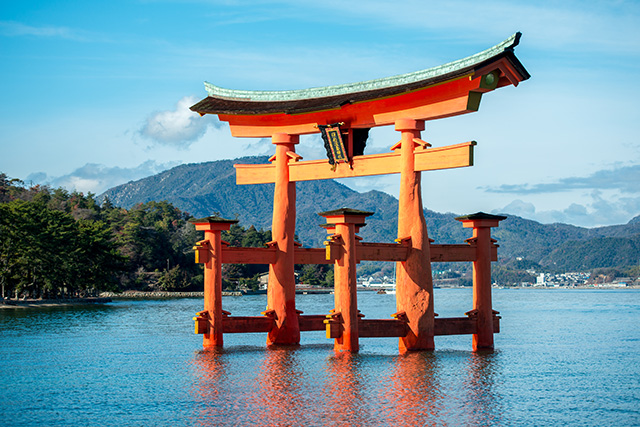
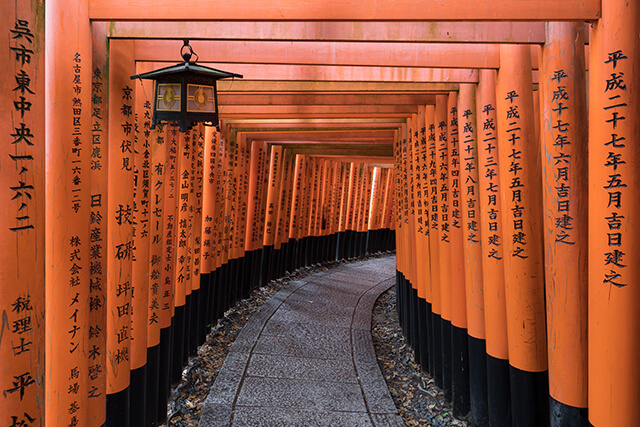

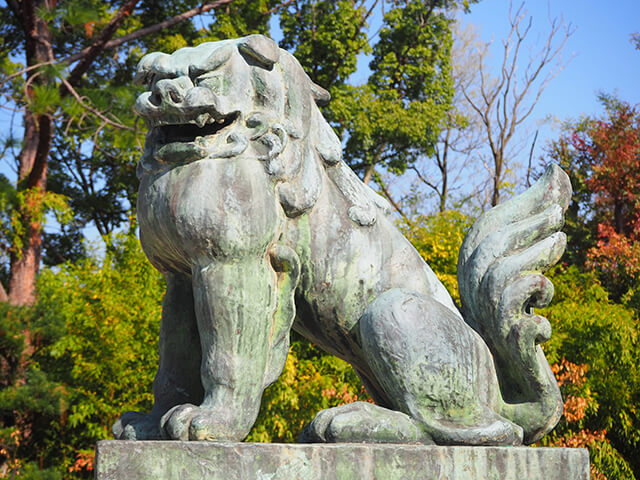
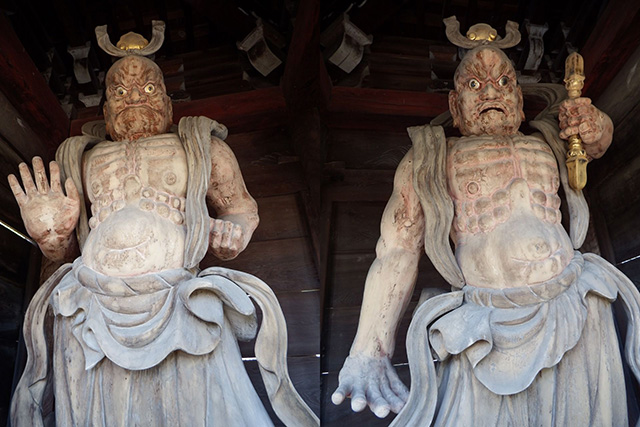
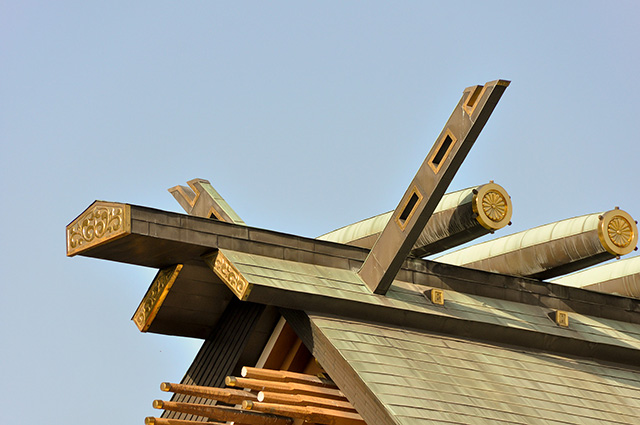



 Go here
Go here







